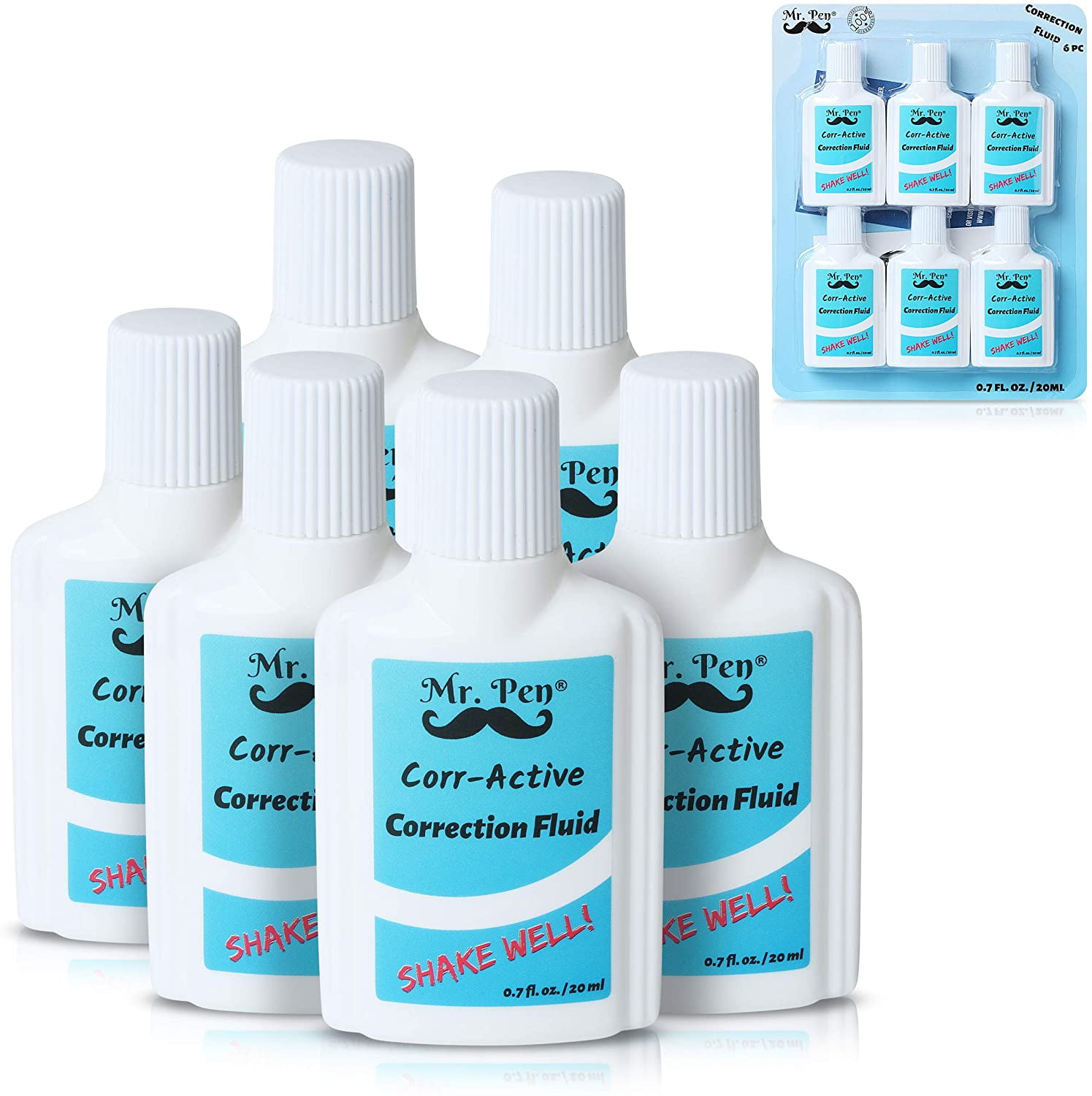


Dry time is decent but far from instant, and when dried the mark is matte while being on the cool side of off-white. The fluid itself goes on smoothly, and even with the brush there are minimal stroke lines. Inside, suspended from that cap, is a bristle brush that does go down pretty far into the container, but I haven’t accurately determined just how far. The main body is cylindrical and screwing on to the top is an octagonally-faceted cap. The container is very simple (the same as Tipp-Ex it appears). Curiously, it’s made by BIC, who already own Wite-Out and Tipp-Ex, and it’s the same volume per-bottle as Wite Out, so I don’t know why they need another brand of white paper paint. Gas furnaces typically last 15 to 30 years on average.In what seems like fate’s attempt to make my reviews less relevant immediately, I discovered another type of correction fluid in the store just after I had made a comparison review. They’re designed to last more than 50 years for the underground parts, with the above-ground components expected to last 25 years or more. Supporters say lower operating costs eventually make that worthwhile, because the superpower of ground source heat pumps is that they use very little electricity to move heat around.

Geothermal systems cost more up front than typical furnaces, sometimes tends of thousands of dollars. For smaller residential lots, the solution is to drill deeper - as much as 300 feet or more - to get a loop that is long enough for the water be in contact with the ground and equalize with its constant temperature. In apartment buildings, schools or other commercial buildings, the underground loop may be just a few feet deep and extend horizontally over a wide area. The system then pushes air over the hot refrigerant and into the house until the air in the house reaches thermostat temperature. An electric pump then compresses it, which spikes the temperature. Arriving back at the pump, the water in the loop now heats the refrigerant, making it want to expand. On a sub-freezing January day, the system circulates the water underground, warming it to about 55 degrees. Warming the building works much the same, in reverse. Having dumped its heat, it can absorb more for transfer to the outdoors.

When the house needs cooling - say on an 85-degree July day - a refrigerant, which is a special fluid, absorbs unwanted heat indoors and transfers it to water in the long piping, circulating it underground, giving it time to cool to the constant mid-50s below. The water gets circulated by a heat pump system, usually located in the basement. Geothermal takes advantage of that constant temperature by pushing water with some antifreeze through a loop of flexible pipe that runs deep underground. It’s a technology that relies on a simple physical fact: Dig several feet below Earth’s surface, in the coldest winter or the hottest summer, and the temperature will be around 55 degrees. Some homeowners looking to switch out their heating and cooling systems are turning to home geothermal - also known as ground source - heat pumps.


 0 kommentar(er)
0 kommentar(er)
